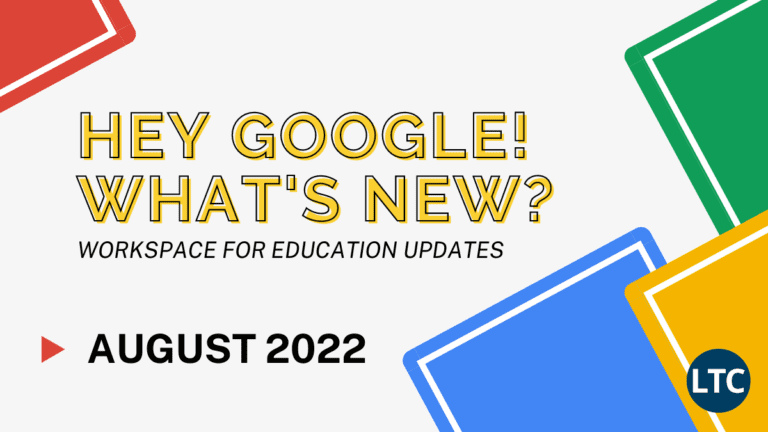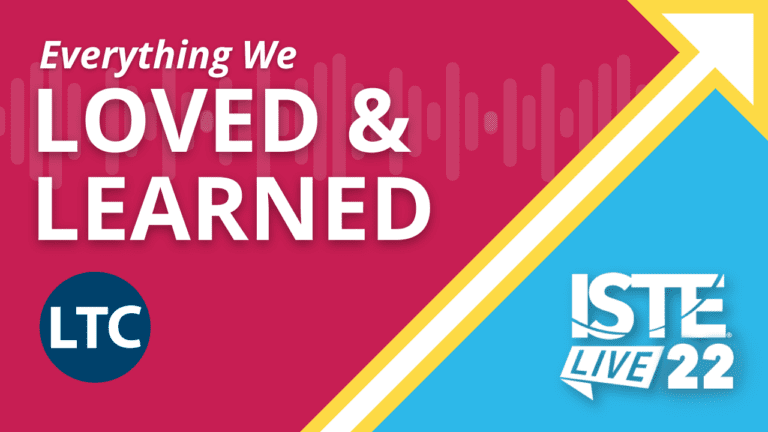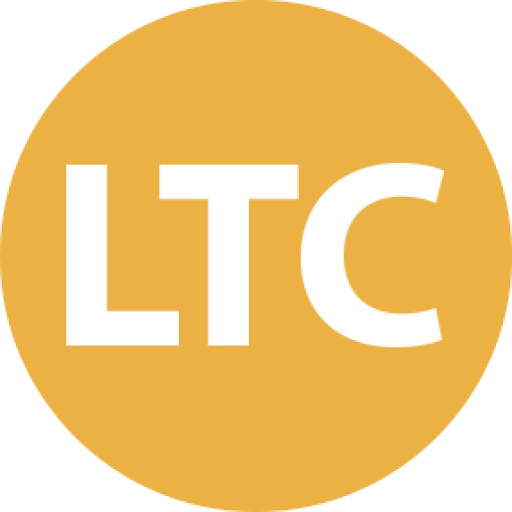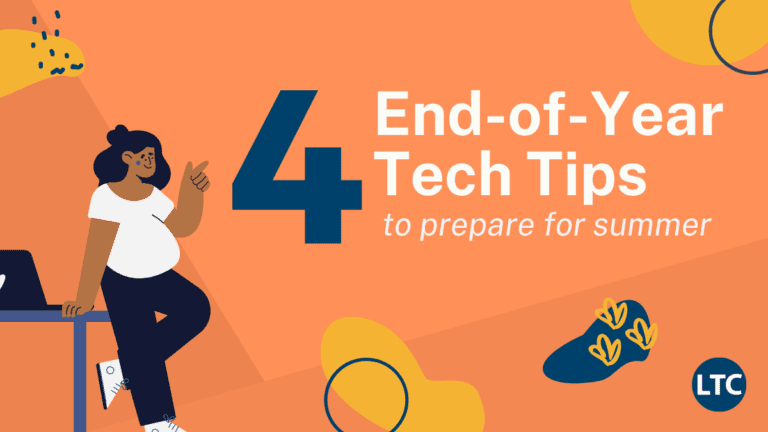Recently, Google announced a variety of updates for its suite of education-centered apps and services, including new features for Google Classroom, Google Meet, and more. Many of these updates have been designed with educators and admins in mind, making it easier for them to create a robust and accessible digital learning environment in the near-term.
In total, Google has promised that over 50 new features will go live in the coming months. That includes a major rebrand of G Suite for Education and its current pricing structure. With many of these updates arriving as soon as early April, now’s the time to read up on these impending changes and make plans to fully utilize their productive potential.
G Suite for Education is Now Google Workspace for Education
First and foremost, Google’s suite of education-centered apps – including Classroom, Meet, Drive, Docs, Sheets, Slides, and more – is being rebranded with immediate effect. Going forward, G Suite for Education will be known as Google Workspace for Education, bringing this product’s naming convention in line with changes made to Google’s enterprise suite last fall.
In terms of its content, Google Workspace for Education will be just like G Suite for Education. Specifically, all of the apps and tools that millions of educators and students worldwide rely on will remain a part of the package.
However, going forward, Google Workspace for Education will be made available in four distinct editions. Each of these editions build upon one another and offer institutional leaders more robust options for facilitating a safe, productive digital learning environment.
Education Fundamentals
G Suite for Education’s free edition is getting a new coat of paint along with a new moniker – Google Workspace for Education Fundamentals. This package remains mostly unchanged from its previous iteration, with qualifying institutions still receiving access to Classroom, Drive, Docs, Sheets, Slides, Forms, and more at no cost.
Many of Google’s most popular communication tools are also included in this suite, including Google Meet, Chat, and Gmail. Google has also re-emphasized safety and base-level security in the Education Fundamentals package, with all included apps and tools presently complying with federal COPPA and FERPA regulations.
Education Standard
Previously, G Suite for Education included a single paid edition. However, Google Workspace for Education’s paid edition will be broken into three tiers, offering educational institutions the opportunity to control their per-user and per-license costs based upon the types of apps, tools, and security features they need most.
The first of these paid editions is known as “Google Workspace for Education Standard.” This edition includes all of the apps featured in the Education Fundamentals package as well as a renewed emphasis on security and accountability. This can be seen in this package’s Security Center, which can be customized to offer administrators real-time updates for identifying, preventing, and remediating digital threats to their network.
Education Standard also makes device management much more streamlined from an institutional level. Through this package’s tools, administrators and IT staff will be able to perform audits and enforce system-wide rules – often remotely and without the need to interact physically with a networked device.
Teaching and Learning Upgrade
As its name implies, the “Teaching and Learning Upgrade” is designed for institutions who are looking to take their digital teaching capabilities to the next level. This can be seen in the upgrade’s enhanced video communication capabilities, which include the capacity for 250 participants in a Google Meet call and built-in allowances for call recording, attendance tracking, and break out rooms.
The Teaching and Learning Upgrade also places a useful emphasis on academic integrity within the digital learning environment. For example, teachers with this Upgrade are able to run originality reports within Google Classroom, which check for plagiarism and proper citation against a private repository of previous student submissions.
Education Plus
Google’s top-level offering for education-centered apps and tools is also getting a face lift. Going forward, the package previously known as “G Suite Enterprise for Education” will be known as “Google Workspace for Education Plus.”
In addition to all of the features included in both the Education Standard and Teaching and Learning editions, Education Plus will offer institutions top level access to Google’s best digital teaching and learning tools. This includes the ability to sync classroom rosters directly from many student information systems (SIS) as well as the ability to customize cloud searching within an institution’s private domain network.
Management and support are also at their best in the Education Plus package. To that end, Education Plus users receive advanced mobile device management capabilities and priority treatment when seeking support from Google’s team of product specialists.
Pricing Changes for Google Workspace for Education
Along with its change in structure, Google Workspace for Education will also premier a new pricing system for its paid editions. Through it, educational institutions will be better able to manage their licensing costs without overpaying for apps, tools, or services they don’t plan on utilizing.
The LTC’s edtech purchasing cooperative, the Illinois Learning Technology Purchasing Program (ILTPP), will offer discounted rates on all of the new Google Workspace for Education paid tiers. You can learn more about each edition’s pricing differences over on the ILTPP blog.
More Robust Features for Google Classroom and Google Meet
Over the past year of remote and hybrid learning, many educators worldwide embraced Google Classroom as a primary channel for engaging students in safe day-to-day learning. Google Classroom wasn’t originally designed to act as a learning management system (LMS), however, which has led Google to announce several upgrades to bring Classroom in line with educators’ functionality expectations.
Some of these new features are small changes with outsized potential impacts, such as the introduction of rich text formatting options. Other improvements will make it easier for educators to monitor student progress, such as through Google Classroom’s new student tracking dashboard.
At the same time, Google Meet is receiving several upgrades to bring it more in line with other virtual conferencing tools on the market today. For example, any Meet that is not started from Google Classroom will soon allow for multiple concurrent hosts. New integration between Google Classroom and Google Meet will also allow teachers to limit who can enter a call based upon a pre-synced roster of students and support personnel.
New Storage Standards
Along with its upgrades to Google Workspace for Education and a few of its most popular apps, Google has also announced a change to its storage standards. In particular, Google is no longer offering educational institutions unlimited storage space by default.
Instead, districts will be offered a baseline storage solution of 100TB, which will be pooled and shared across the district’s entire domain. This pool can be increased through several means, with per-diem increases provided for each new Teaching and Learning Upgrade and Fundamentals Plus license, respectively.
Generally speaking, these new limits will not impact the vast majority of school districts. Those that will need to adjust their storage management limits will receive notice accordingly. In any case, these new storage standards will not go into effect until July 2022. So, districts still have plenty of time to run audits on their current cloud storage regimen and make changes to in-district policy as necessary.
Enhanced Accessibility Features
As part of its upcoming collection of upgrades, Google has again increased its efforts to make digital learning structurally accessible to all learners. With that in mind, they’ll soon roll out a full slate of accessibility upgrades designed to help learners with individualized learning needs participate fully and confidently in their digital learning environment.
Several such upgrades relate to Google Meet’s live captioning feature, which will now be available in Spanish, French, German, and Portuguese (in addition to English). These captions will also be more customizable in terms of placement and size, making them more adaptable to different video conferencing set-ups.
Google Workspace’s text-to-speech capabilities are also getting a boost. In particular, improvements are being implemented that allow students with reading or verbal impairments (such as dyslexia) to highlight any section of text and hear it read back to them verbally. Google’s ChromeVox system will also become more adaptable for visually impaired students, with the inclusion of smooth voice switching, Smart Sticky Mode, and more.
Finally, students using Chromebooks will soon be able to select customized cursor colors from up to seven options (in addition to the original black). When paired with other size customization options, these new settings can help improve interface usability by increasing visibility in low vision or low contrast situations.
Keep Up with the Latest from Google
All in all, these are just a few of Google’s planned upgrades to Workspace for Education. The Learning Technology Center (LTC) is here to help you understand all of these updates and plan for immediate implementation into your current digital learning environments. As a Google Cloud Partner, we can also help you find the resources you need to make full utilization of Google’s latest updates a reality in your district.
If you have questions about any of Google’s newly announced changes, contact the Regional Educational Technology Coordinator (RETC) for your area. You can also learn more about using Google’s current education apps over in our free online courses collection or even about the process of becoming a Google Certified Educator in a recent blog post.
Further Reading on Google Workspace for Education Updates
To help educators and their districts understand the full scope of their impending updates, Google has produced a variety of publicly accessible resources ranging from one-pagers to product-by-product change logs. Check them out below if you want to learn more about everything Google has in store for educators this spring:
February 2021 Google Workspace for Education Announcements
Google Workspace for Education Tier Comparisons
What’s New with Google for Education (All App and Tool Updates)
Google Workspace for Education One-Pager








